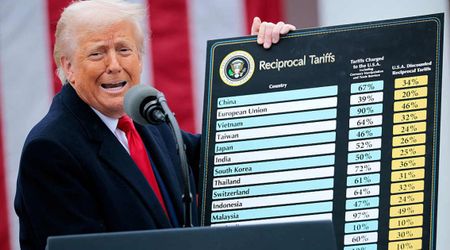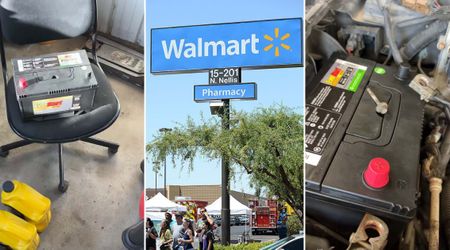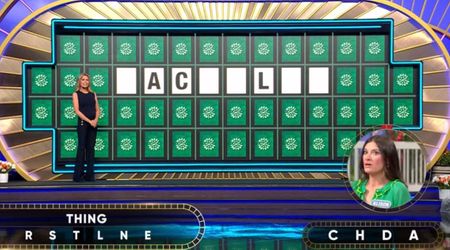Here's How Consolidation Can Help you Achieve Early Student Loan Forgiveness

In the quest to go debt-free, clearing out student loans remains a major concern for young people across the US. But student loan forgiveness programs have now made life easier as the Department of Education has provided people with more time to apply for them. Whether you qualify under an existing program or the most recent initiative launched by the White House, consolidating some federal loans can help you achieve student loan forgiveness sooner. Programs for loan forgiveness may not apply to FFELP, Perkins, and other non-direct federal student loans. You may be able to get automatic loan cancellation, interest forgiveness, or other debt relief benefits by combining these into Direct Loans and enrolling in an income-driven repayment plan. Consolidating one monthly bill with a single due date simplifies payment management.

What is student loan consolidation?
The process of consolidating your current federal student loans into a single, new loan with a set interest rate is known as student loan consolidation. You may now be eligible for income-driven repayment (IDR) plans and forgiveness programs like SAVE that you may not have previously been eligible for. Your entire debt may be immediately forgiven if you meet the requirements for an IDR plan and have been making payments for twenty to twenty-five years. By consolidating several loans into a single monthly payment, it streamlines debt management. Consolidation may result in reduced monthly payments, but it may also lengthen your repayment duration, depending on the payment plan you choose.

What you should know about interest rates before consolidating student loans
Consolidating your federal student loans shouldn't result in a major rise if your interest rates are modest. According to Federal Student Aid, the interest rate on a direct consolidation loan is calculated as the weighted average of the rates on your existing loans, rounded to the nearest 1/8th of a percent.
Why you need to consolidate student loans
Consolidating your loans can minimize your monthly payments and help you reduce your debt. In order to assist you qualify for forgiveness sooner, it guarantees that your new direct loan is credited from your earliest loan payment date. But consolidation might not be required if you are not seeking loan forgiveness in any way. For example, if you made your first federal student loan payment in 2004 and later took out additional loans in 2010 for further education, you might be eligible for loan forgiveness on the 2004 loans this year under a 20-year income-driven repayment plan. By consolidating the newer loans with the older ones, your entire balance could be forgiven this year.

How to consolidate student loans?
To consolidate your federal student loans, visit StudentAid.gov and submit your application before midnight local time on June 30 to take full advantage of available benefits.
You’ll need your Federal Student Aid ID, personal information, financial details, and loan information. The application takes about 30 minutes to complete. You can start the process at studentaid.gov/loan-consolidation. After applying, it may take up to 60 days to process your consolidation. During this time, your student loan payment count might temporarily drop to zero, which is normal and indicates that your adjustment is in progress.
























